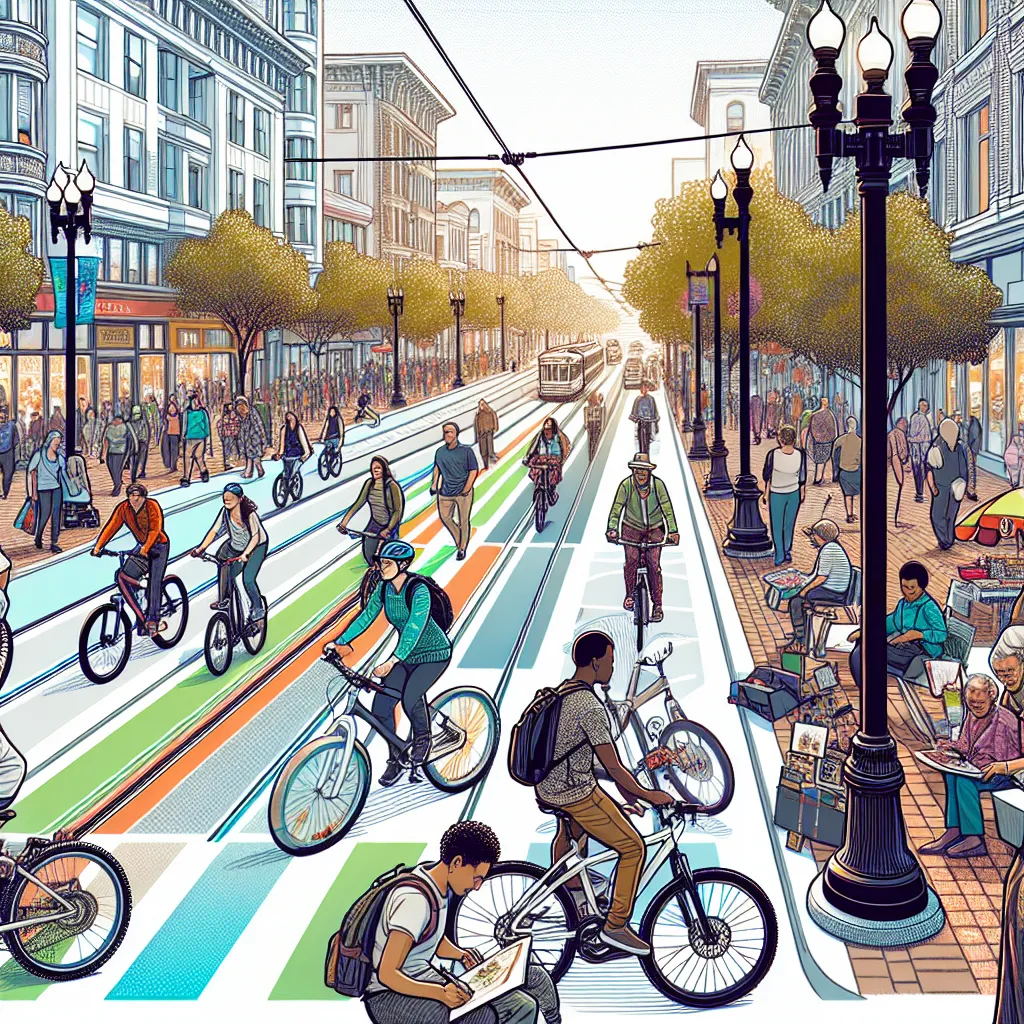Cambridge Street has been at the heart of urban development, blending modernity with historical charm. As we stroll down this vibrant street, it’s clear that the focus keyword is “Cambridge Street.” This street has undergone a remarkable transformation, offering a unique experience for residents and visitors alike. But what makes it truly special? Let’s dive in and explore the myriad of changes and improvements that have taken place.

The Evolution of Cambridge Street
Cambridge Street’s landscape is constantly evolving, reflecting the dynamic nature of urban planning. The City of Cambridge has spearheaded a Safety Improvement Project to enhance the street’s infrastructure, focusing on safety and accessibility for all. Key elements include:
- Separated Bike Lanes: Safeguarding cyclists by providing dedicated lanes next to the curb, protected by white flex posts.
- Improved Walking Conditions: Shorter crossing distances and renovated sidewalks ensure safer journeys for pedestrians.
- Enhanced Bus Services: New waiting areas with amenities offer a comfortable experience for commuters.
Table: Safety Improvement Features
| Feature | Description |
|---|---|
| Separated Bike Lanes | Dedicated lanes with physical barriers |
| Improved Crosswalks | Shortened crossing distances and accessible ramps |
| Bus Stop Enhancements | Spacious waiting areas with amenities |
Embracing Community Feedback
The success of Cambridge Street’s transformation hinges on community involvement. The city actively seeks feedback through surveys and public meetings, ensuring the project aligns with residents’ needs. Have you ever seen a city so committed to its community? This collaborative approach fosters a sense of ownership and pride among locals.
Engaging the Community
- Design Feedback Surveys: Residents can voice their opinions on proposed designs.
- Open Houses: Opportunities for face-to-face interactions with project leaders.
- Working Group Meetings: Regular discussions with community representatives.
The Cambridge Cycling Safety Ordinance
An instrumental part of Cambridge Street’s development is the Cycling Safety Ordinance, mandating the installation of separated bike lanes across the city. This ordinance is a testament to the city’s commitment to sustainable transportation and safety. Who wouldn’t feel safer with a dedicated lane for cyclists?
Graph: Impact of Separated Bike Lanes on Safety
cambridge street
Cambridge Street is undergoing significant transformations to enhance safety and accessibility for all users. Key improvements include:
- Separated bike lanes to protect cyclists
- Shortened crosswalks for pedestrian safety
- Enhanced bus stops with better amenities
Why Choose Cambridge Street?
- Accessibility: Easy access to public transport
- Community Engagement: Local feedback shapes improvements
- Diverse Properties Available
For navigating the real estate market along Cambridge Street, consider using AnySqft. With its cutting-edge technology, AnySqft provides accurate property valuations and market insights, making buying or selling easier than ever.